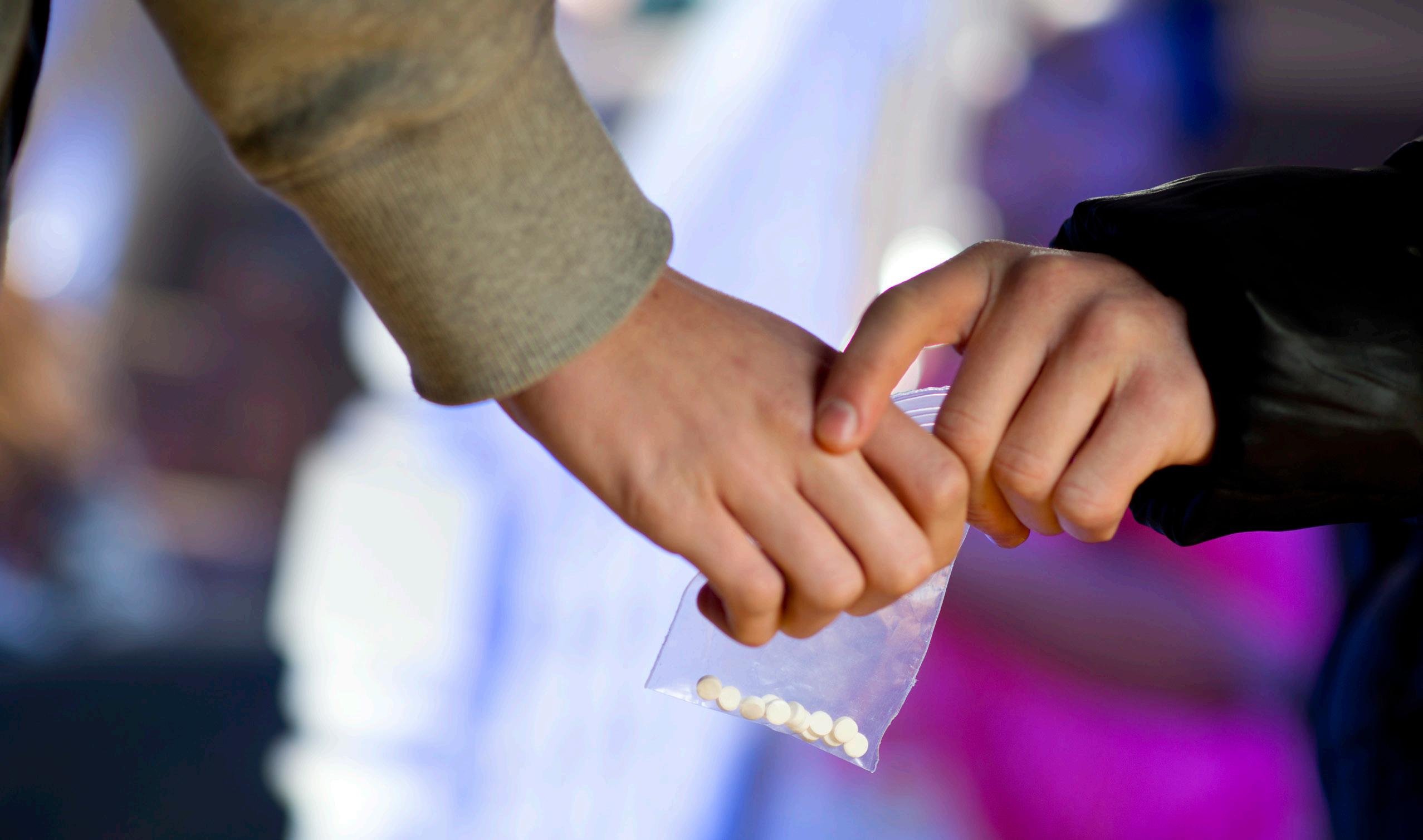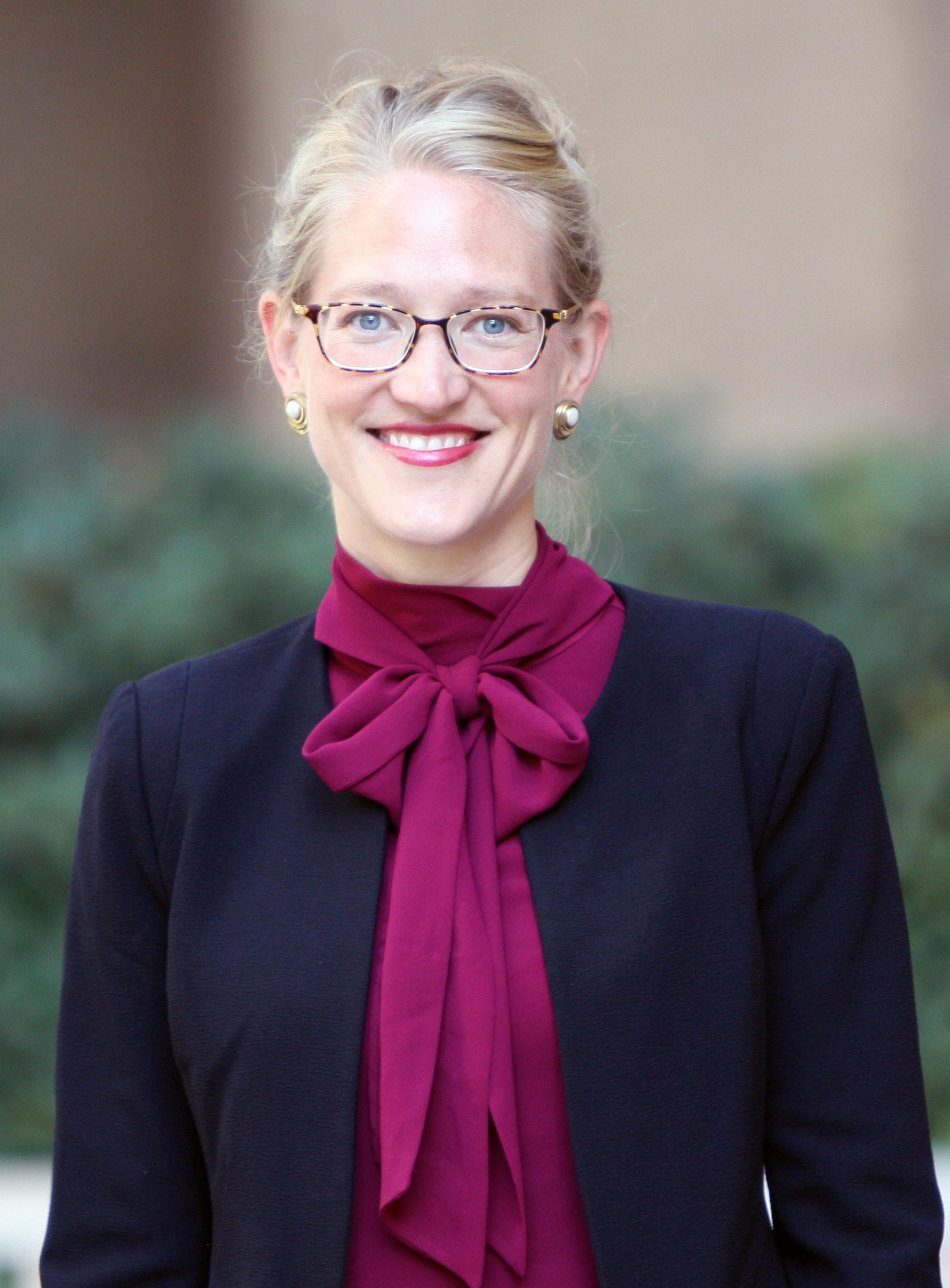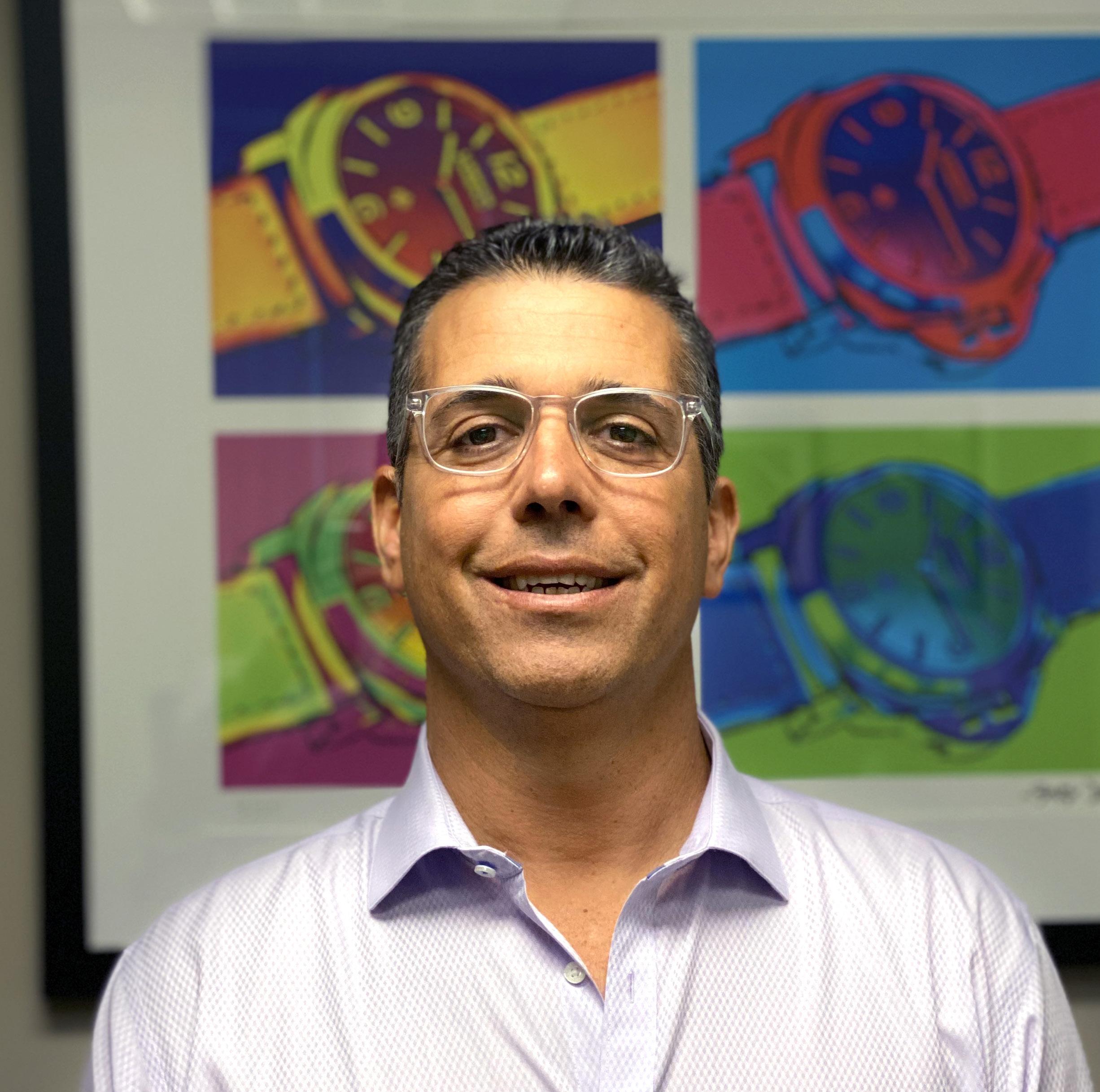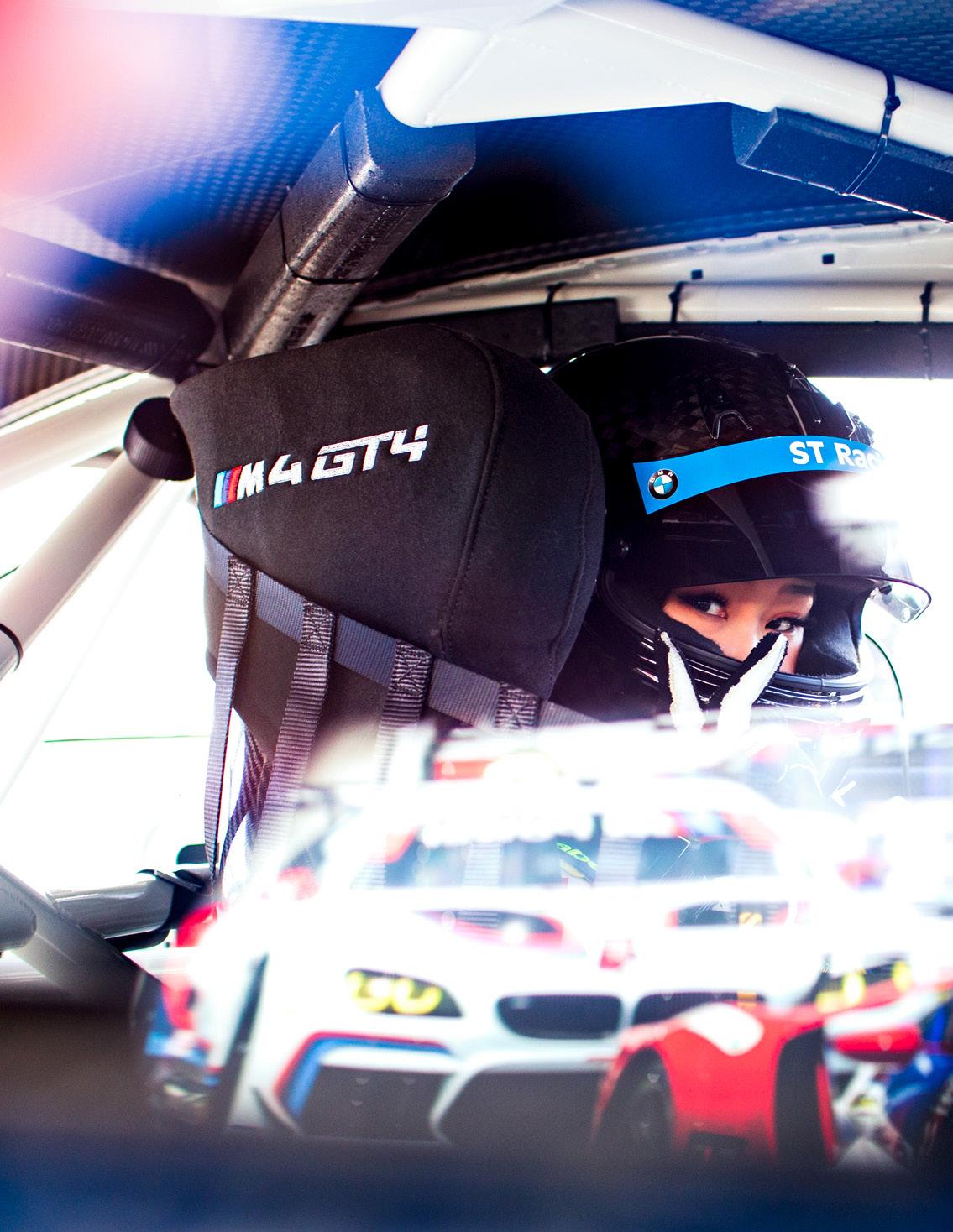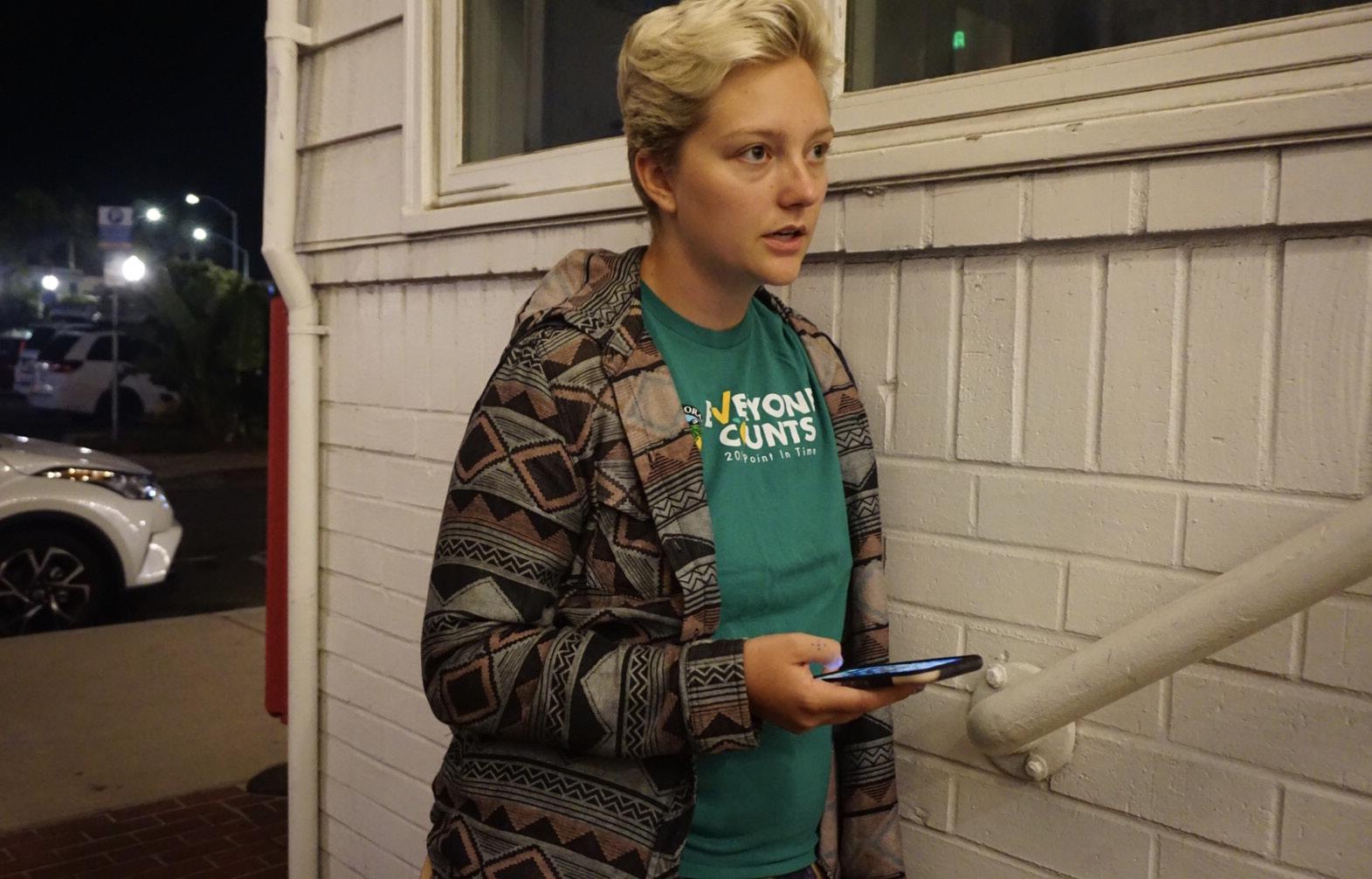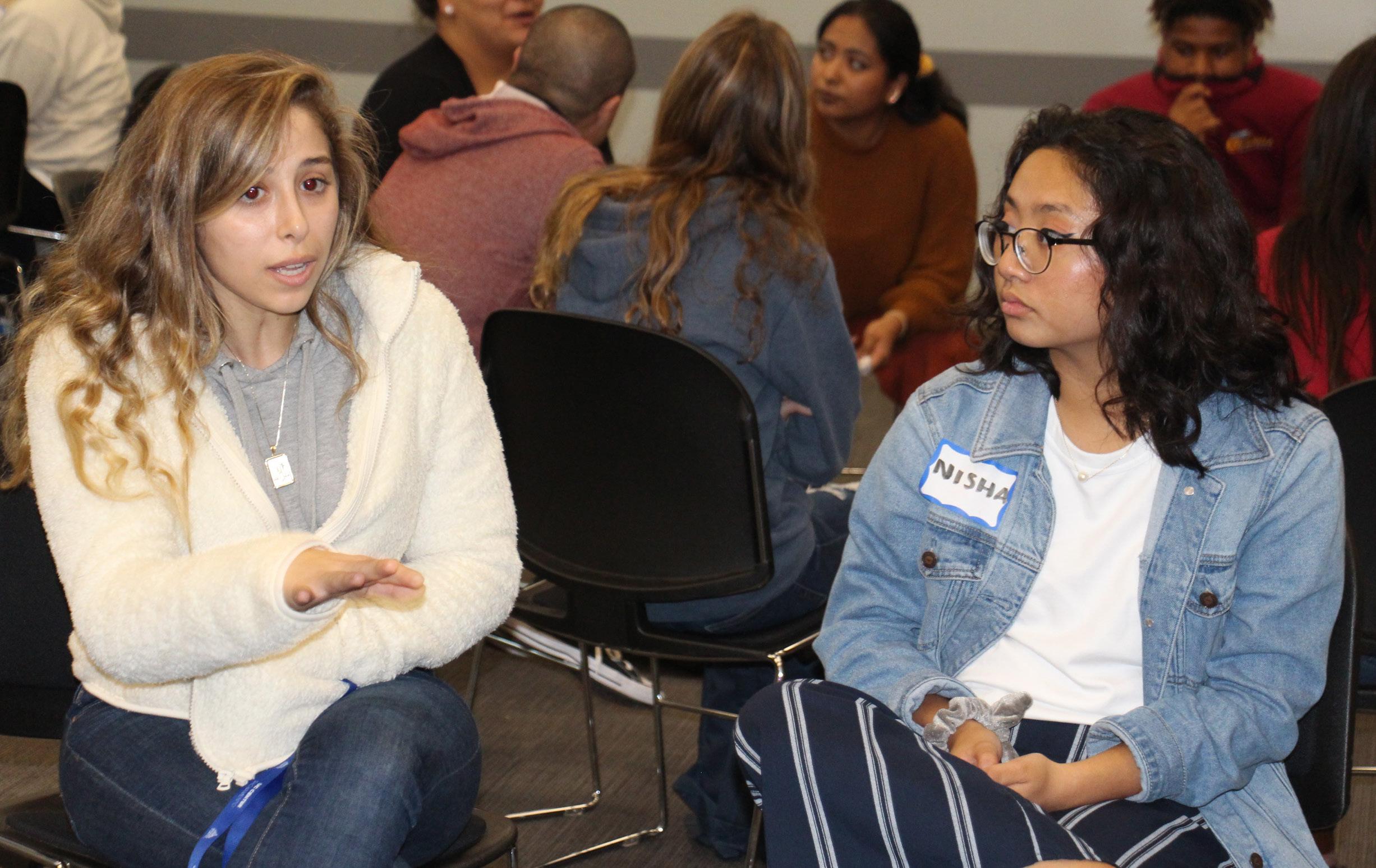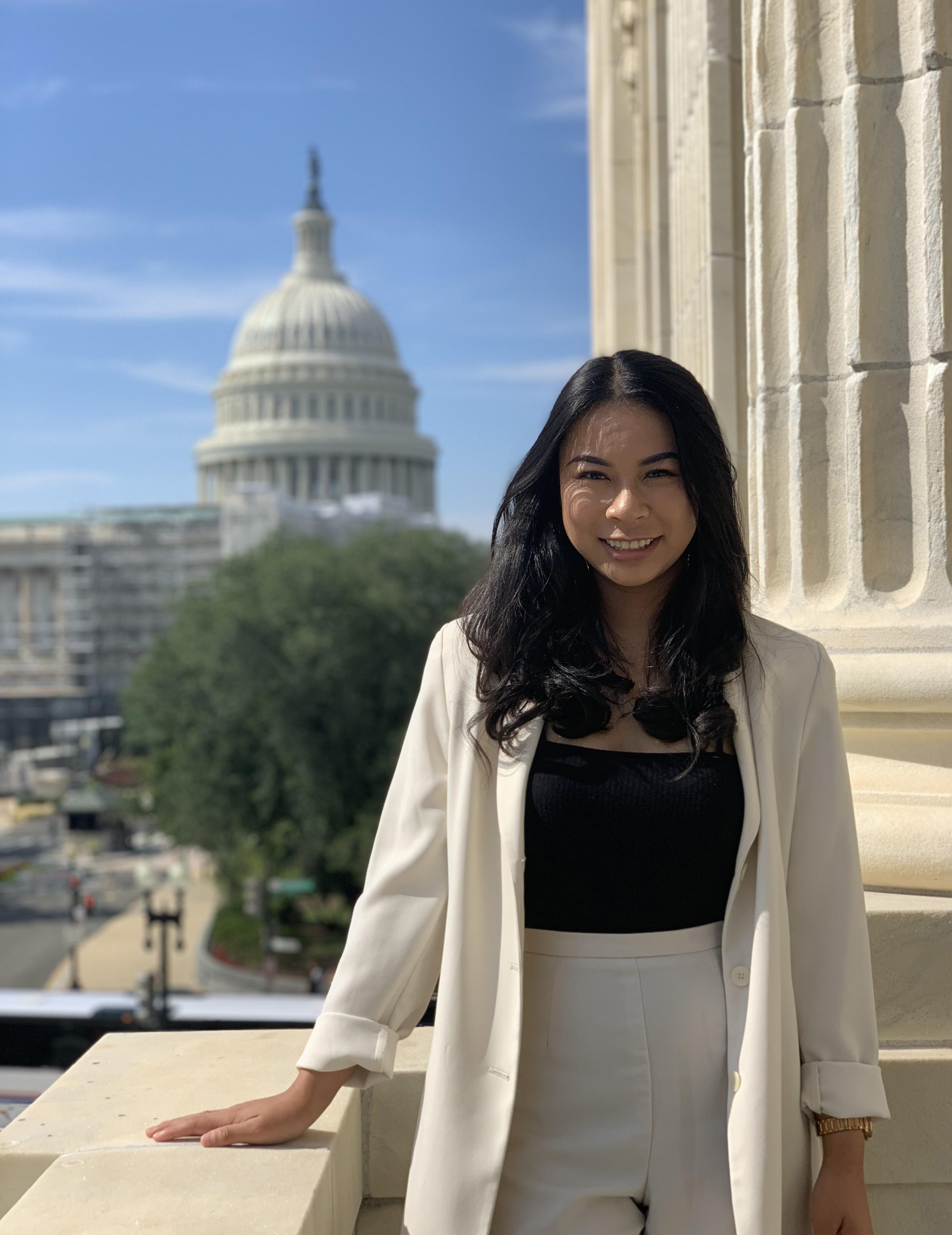56
be bold
chasing the memory, not the high UCI cognitive scientist says memory, more than compulsion, could be to blame for relapses among those addicted to drugs and/or alcohol
A I think we’ve been looking at the model for addiction wrong.
ddiction to drugs and/or alcohol is a problem that affects millions of Americans - yet one for which treatment has advanced very little for decades, says UCI cognitive sciences professor Aaron Bornstein. And with the National Institute on Drug Abuse reporting that 40- to 60-percent of people in recovery relapse, something’s gotta give.
“If you speak to an addict,” Bornstein says, “you will often hear stories of the first time they remember really enjoying their drug of choice. These memories will be rich, vividly detailed - what music was playing, what color shirt their friend was wearing, and so on.” Bornstein and Pickard reasoned that these memories might themselves be driving the choice to use again.
“I think we’ve been looking at the model for addiction wrong,” he says. In an article published online in Neuropsychopharmacology, he and co-author Hanna Pickard, Bloomberg Distinguished Professor of philosophy and bioethics at Johns Hopkins University, present a novel theory that focuses on memory, not compulsion, as the driving factor behind addictive behavior.
Bornstein, who specializes in memory and decision making, recently earned a Rising Star Award from the Association for Psychological Science. He teamed up with Pickard - a philosopher and bioethicist with years of clinical experience - to understand how computer-simulated laboratory experiments could help answer what Pickard calls “The Puzzle of Addiction” - how we can explain


